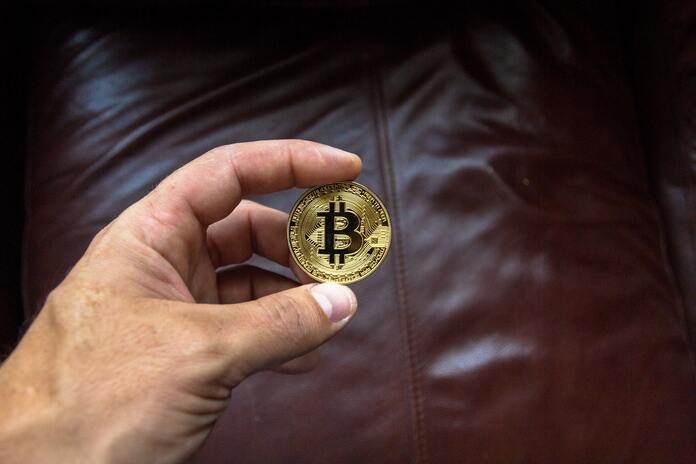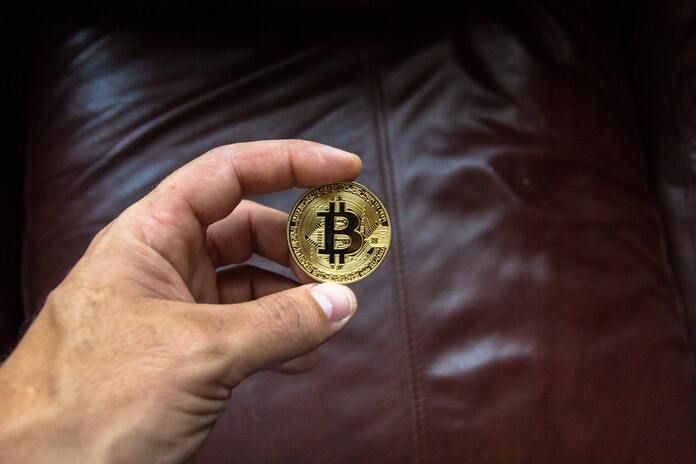Tether, the entity responsible for the world’s largest stablecoin USDT, has disclosed its strategic foray into the domain of artificial intelligence, as per the company’s announcement on March 26. With a market capitalization reaching $104 billion, Tether is aiming to spearhead the development of open-source, multimodal AI models and integrate AI solutions into market-driven offerings.
This initiative emerges amidst mounting apprehensions regarding the monopolization of AI technologies by tech giants such as Microsoft, Facebook, and Google. Tether Data, a newly established subsidiary of Tether, is positioning itself as an advocate for transparency and privacy in AI model development. The company is delineating its focus into three primary domains: advancing open-source AI models, fostering collaborations for AI integration into various products, and engaging with the broader ecosystem through community participation.
Tether Data’s expansion into the realm of AI signifies a significant stride for the company, which has a track record of strategic investments across diverse sectors including renewable peer-to-peer telecommunications, energy, and bitcoin mining.
Paolo Ardoino, CEO of Tether, remarked in the announcement, “Artificial intelligence stands poised to revolutionize nearly every facet of our lives, both in the real and digital worlds. Today’s announcement establishes a new division within Tether, redefining AI boundaries and democratizing privacy-preserving open AI technology while setting industry benchmarks for innovation, utility, and transparency.”
As part of its AI venture, Tether Data has initiated a global recruitment campaign to attract top-tier talent to its burgeoning AI division. The company is extending invitations to proficient individuals passionate about AI to explore career opportunities through its dedicated careers page.
The implications of Tether’s entry into the AI arena are profound for the cryptocurrency industry. As a frontrunner in this space, Tether’s emphasis on open-source, transparent, and privacy-preserving AI models could establish new paradigms for the development and deployment of AI technologies. Furthermore, the integration of AI solutions into market-driven products may foster innovation and enhance efficiency within the digital assets market.
While AI continues its rapid advancement, concerns surrounding bias, accountability, and ethical usage remain prevalent. Tether Data’s commitment to open-source solutions could serve to address these concerns as it progresses with the development and integration of AI models into various products. Elon Musk’s recent legal action against Open AI over its closed-sourced models, followed by his subsequent open-sourcing of the ‘Grok’ model, underscores the significance of open-source initiatives in the AI landscape. Tether’s entry into this arena could further amplify the momentum of open-source endeavors, particularly given its considerable resources.
In summary, Tether’s strategic foray into AI signifies a notable evolution in its business trajectory as it seeks to consolidate its position within the burgeoning tech landscape. The burgeoning decentralized AI space in the crypto sector has experienced substantial growth in recent months, with the market cap surpassing the $25 billion mark in March.
Featured Image: Freepik
Please See Disclaimer







